The Beauty of Tradition: The Art and Modern Design of Handmade Toddlers
Today, when modernization and mechanical production dominate, the ancient art form of hand embroidery still attracts us with its unique charm and profound cultural heritage. It is not only a decorative technique, but also a cultural and artistic inheritance. Through this article, we will explore the history, technical characteristics and application of hand embroidery in contemporary design, witnessing the perfect combination of traditional craftsmanship and modern aesthetics.
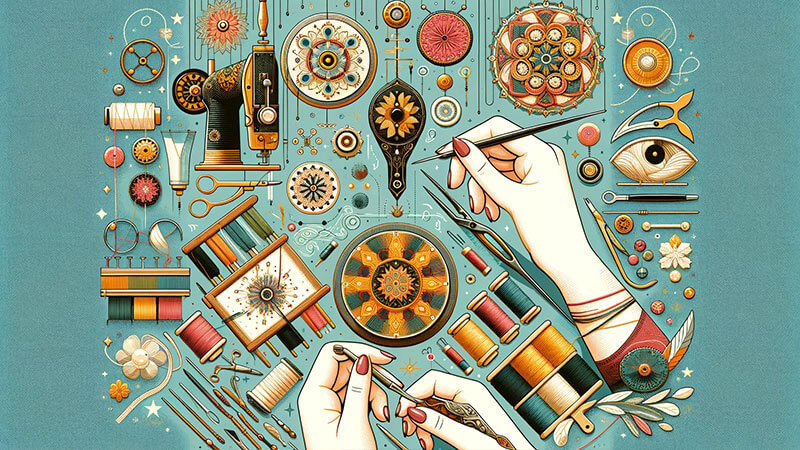
The Art and History of Hand Embroidery:
Long History: The history of hand embroidery dates back thousands of years and was originally widely used in ancient civilizations such as China, Egypt and India. It was a way for royalty and nobles to display status and wealth. Over the course of history, hand embroidery has gradually transformed from a palace art to a folk craft, constantly evolving and enriching, becoming a representative of various cultures and national styles.
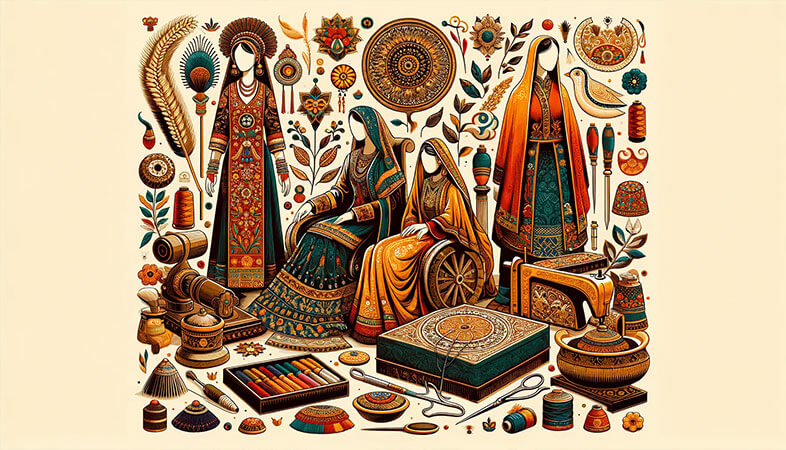
Cultural significance: In different cultural backgrounds, hand embroidery carries its own unique symbolic meanings and stories. In China, for example, embroidery often includes auspicious patterns such as phoenixes and dragons. In India, embroidery is known for its rich colors and intricate patterns. In addition, hand embroidery is also a form of cross-cultural communication. It not only connects the history and art between different cultures, but also becomes a manifestation of cultural diversity in the context of globalization.
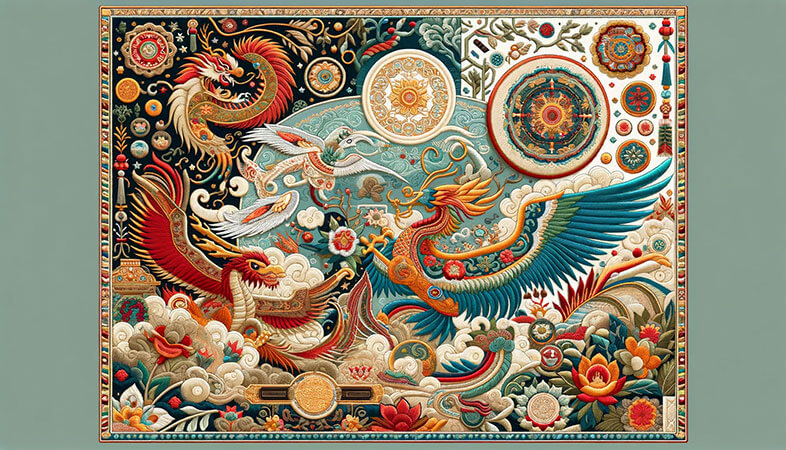
The essence of the creative process:
Design and material selection: The design of hand embroidery begins with the careful selection of patterns, threads and colors. Designers often draw inspiration from traditional culture, natural landscapes or personal stories to create unique and meaningful patterns. The choice of wire reflects the understanding of the material and the pursuit of the final effect. From silk thread to cotton thread, each material gives the work a different texture and appearance. The use of color not only reflects the artist’s mastery of color science, but also expresses local cultural characteristics and personal style.
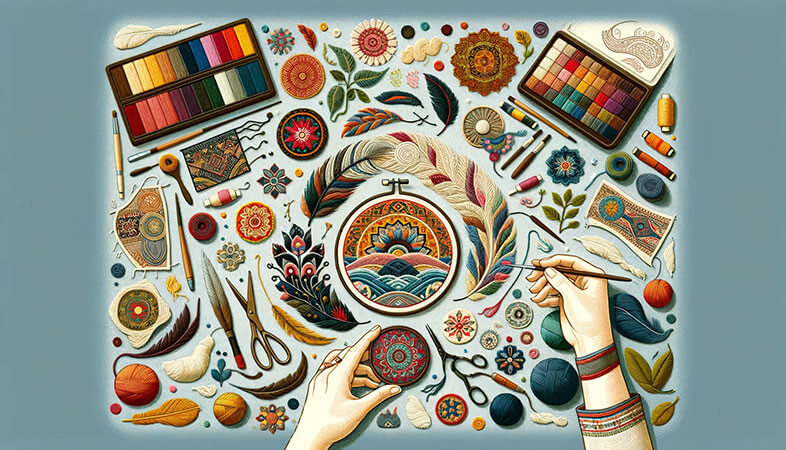
Craftsmanship: Craftsmen transform designs into reality through fine needlework, a process that demonstrates unparalleled skill and boundless creativity. Every stitch and line is the pursuit of details and persistence in perfection. Whether it is a smooth stitch or a complex pattern, it requires long-term practice and a high degree of concentration. This is not only a display of technology, but also a respect for craft tradition and an exploration of artistic innovation.
Embroidered tea towel making process
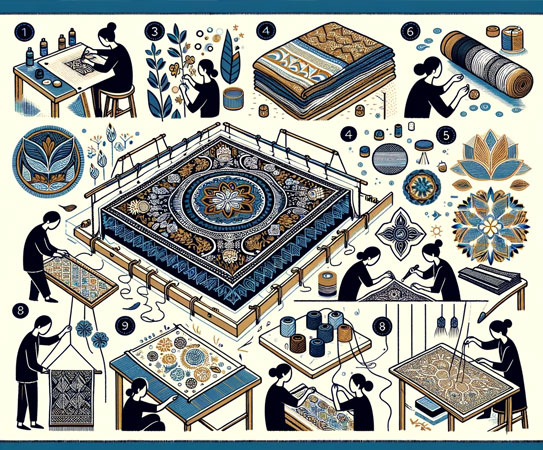
- Design stage: First, the designer conceives a pattern based on creativity, which may include natural elements, cultural symbols or abstract graphics.
- Choose Materials: Next pick the right fabrics and threads, taking into account texture, color and durability.
- Pattern Transfer: Transferring a design onto fabric, using light markings or special tools to ensure accuracy.
- Embroidery work: Artisans begin hand embroidery, which can take anywhere from hours to days depending on the complexity of the pattern.
- Perfect details: During the embroidery process, constant inspection and adjustment are made to ensure the accuracy of the pattern and the overall beauty.
- Cleaning and Finishing: Once you’ve finished your embroidery, gently wash and iron your tea towel to make it smooth and smooth.
- Final inspection: Careful inspection of finished products to ensure quality meets standards.
Application of hand embroidery in modern design:
Add personality and cultural heritage: Hand embroidery provides a unique way for modern product design to show personality and cultural value. In home decoration and fashion design, it can combine traditional patterns with modern elements to create works that have both a sense of history and a modern aesthetic. For example, in home textile products, embroidery can add exquisite details and cultural meaning; in the field of fashion, it can make clothing more story-telling and artistic.
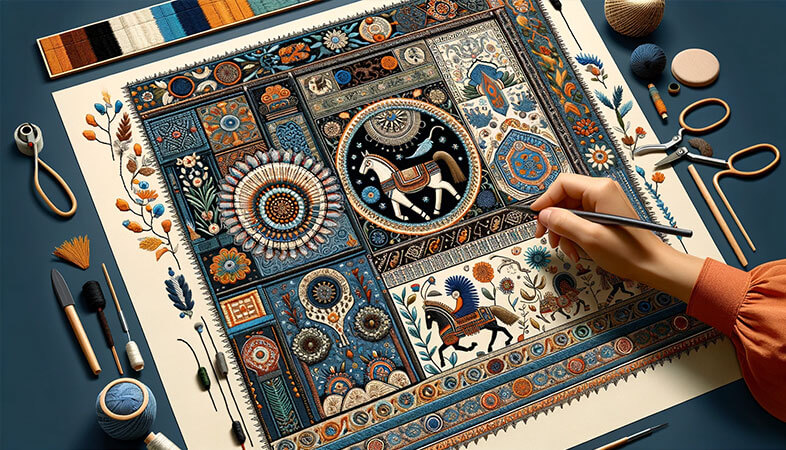
The combination of modern and traditional: The combination of modern design concepts and traditional craftsmanship has created a new trend in the design world. This fusion encourages designers to draw on historical techniques while applying contemporary design language and concepts. It is not only a tribute to traditional craftsmanship, but also an exploration of innovative and experimental design. This trend is not limited to visual art, but has also penetrated into fields such as architecture and product design, opening up new possibilities for the survival and development of traditional crafts in modern society.
Technical features and design aesthetics
Color Expression: Hand embroidery is known for its colorful and vivid color expression. Using different colored wires can create layered and visually engaging pieces. The choice and combination of colors not only reflect the designer’s artistic intuition, but also convey specific emotions and stories.
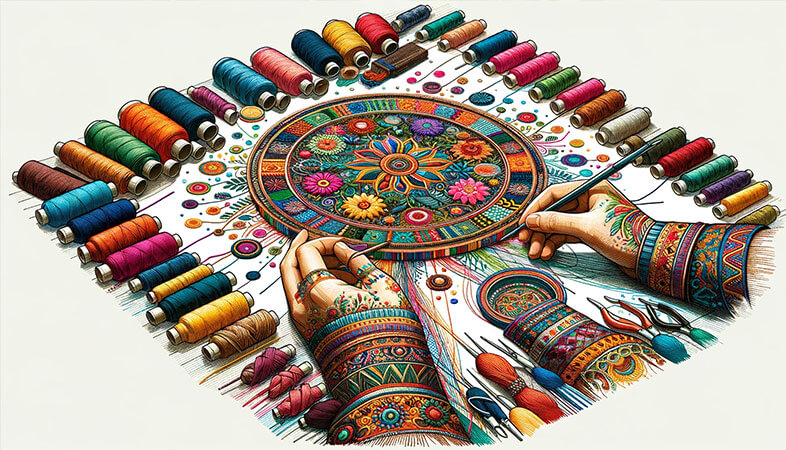
Texture Details: Another distinguishing feature of hand embroidery is its fine texture details. Different embroidery techniques such as plain stitch, embroidery stitch or French knot can create unique textures and touches. This attention to detail imbues each piece with craftsmanship and aesthetic consideration.
Design presentation: Hand embroidery can accurately present the designer’s original intention, whether it is a simple pattern or a complex scene. It provides a way to transform imagination and creativity into tangible art. On BLANC’s tea towels, this technique not only adds visual beauty, but also adds a rich tactile layer to the product, making each piece a work of art that tells a story.
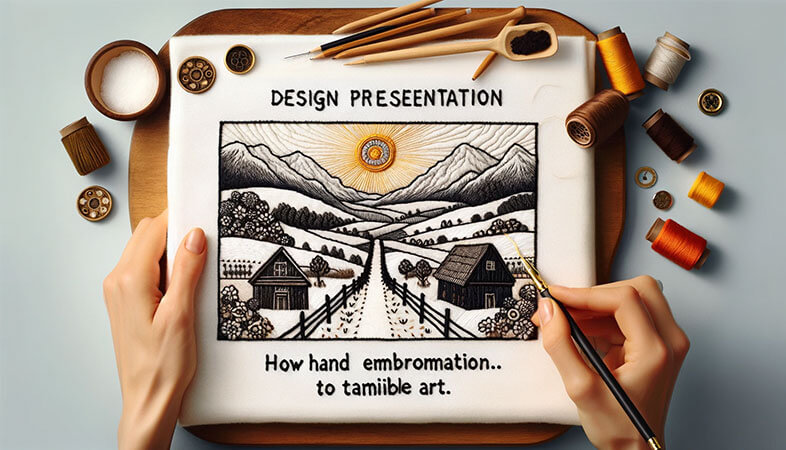
Challenges and Opportunities
Technique inheritance: One of the biggest challenges of hand embroidery is the inheritance of skills. With the advancement of modernization and the reduction of the craftsman population, traditional embroidery skills are facing the risk of being lost. This requires us to find effective ways to protect and pass on these precious skills, for example through craft education and support from the craft community.
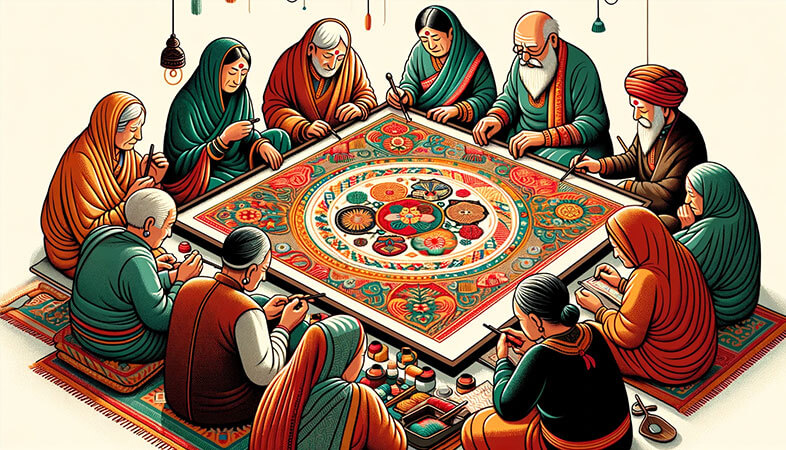
Cost control: In a modern mass-production environment, the time-intensive and labor-intensive nature of hand embroidery makes its cost relatively high. This poses a challenge to remain competitive in the market, requiring innovative production methods and marketing strategies to balance cost and artistic value.
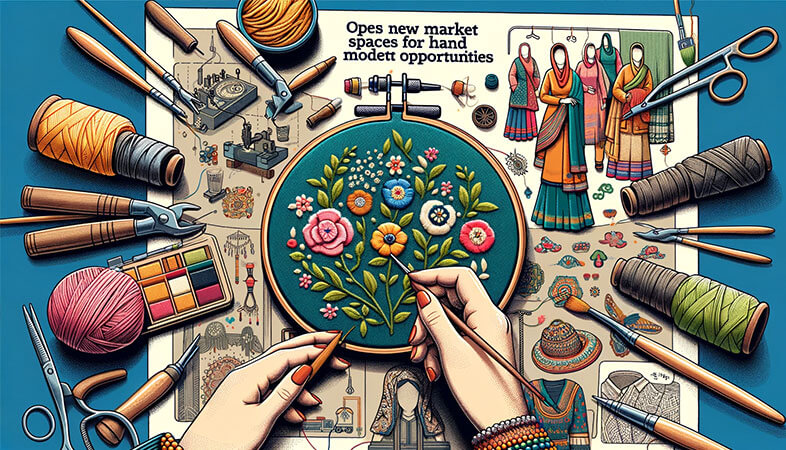
Market Opportunities: Despite the challenges, hand embroidery also has unique opportunities in the modern market. As consumer demand for original designs and handicrafts increases, hand embroidery becomes more popular as a way to express personality and cultural values. This opens up new market spaces for traditional crafts and creates the possibility of integrating them with modern lifestyles.
Future outlook:
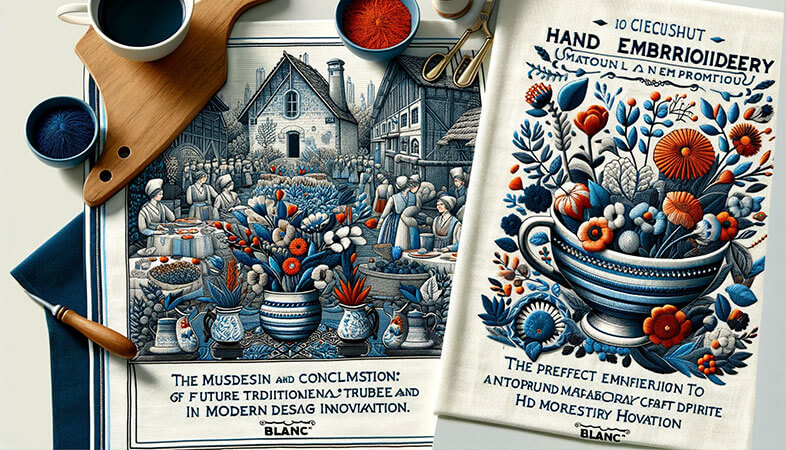
Hand embroidery is not only a tribute to history and culture, but also an exploration of modern design innovation. It is a testament to the enduring appeal and importance of traditional craftsmanship in contemporary design. In a modern design that pursues functionality and aesthetics, hand embroidery offers a unique perspective, making each piece a medium to tell a story. At BLANC, we are committed to integrating this profound traditional craft spirit into modern design, creating tea towels that are both practical and of artistic value, bringing the perfect combination of tradition and modernity to every home.

